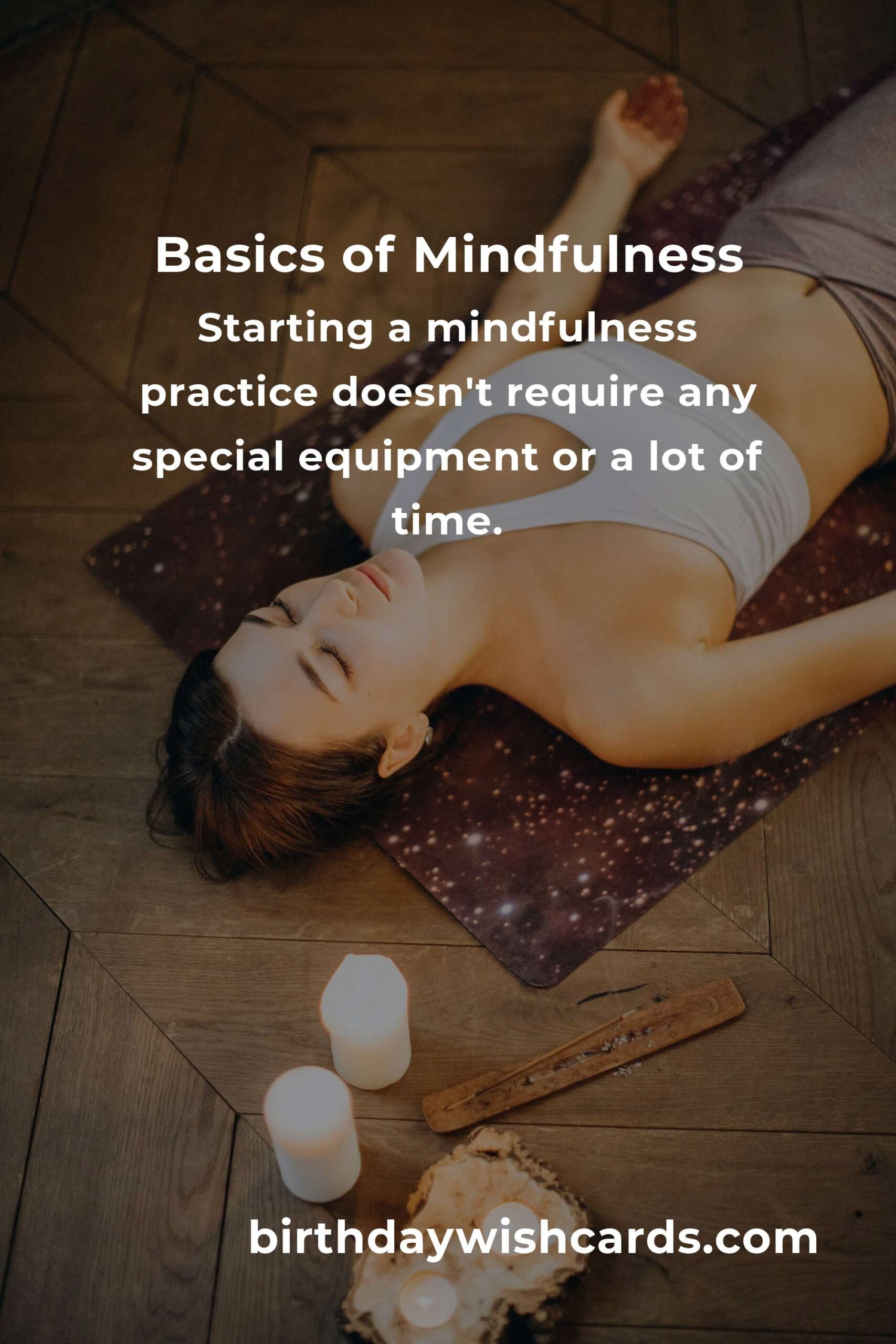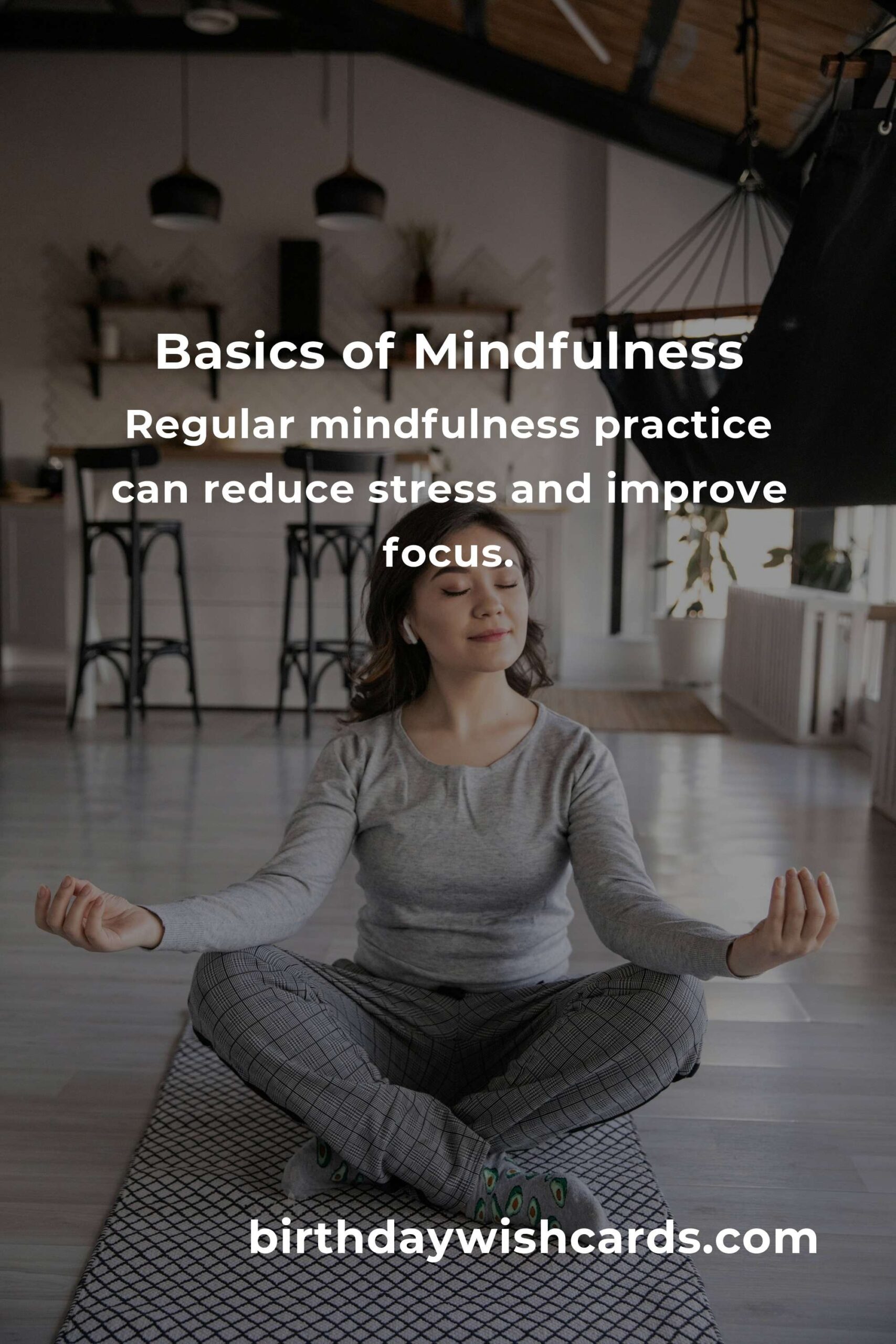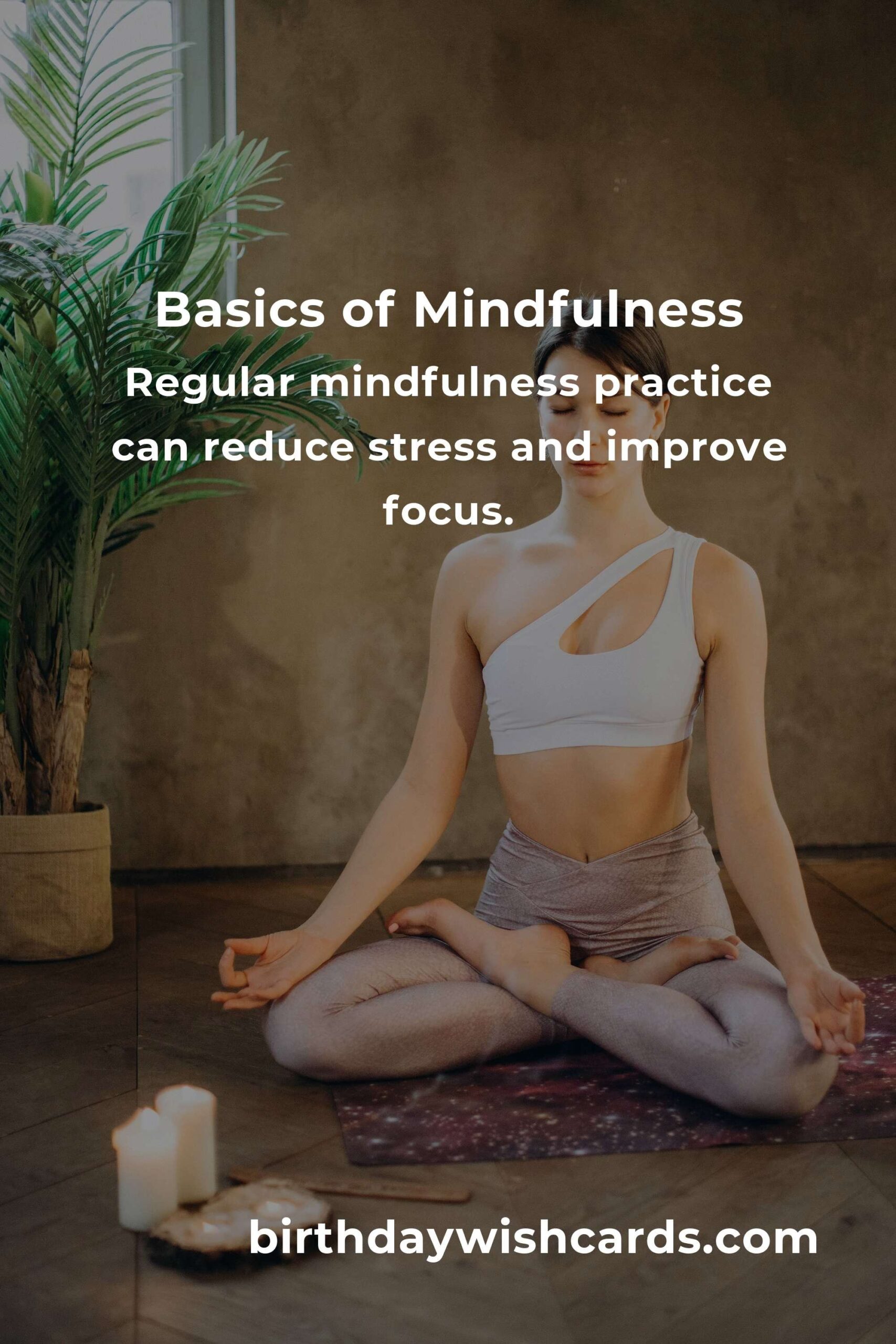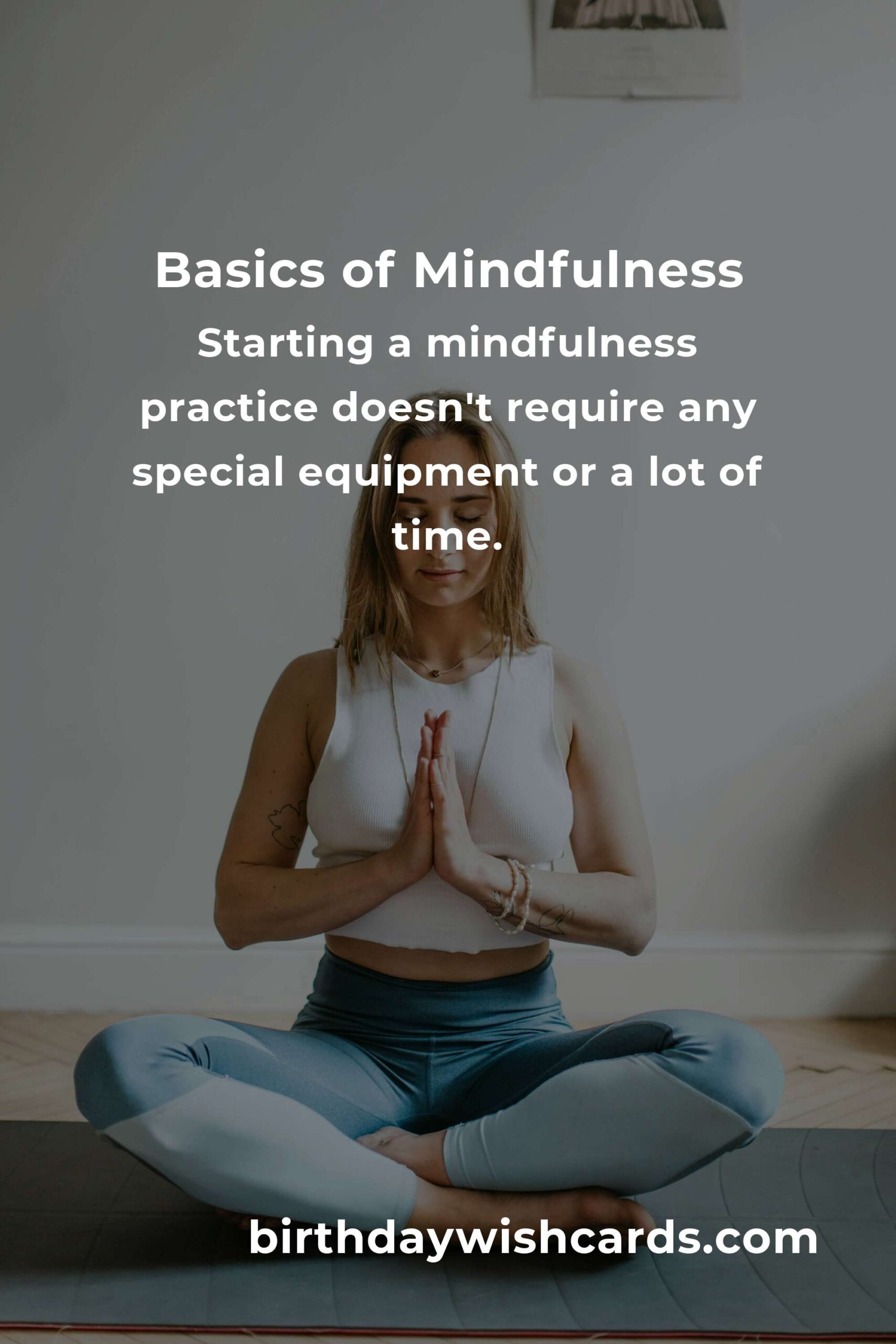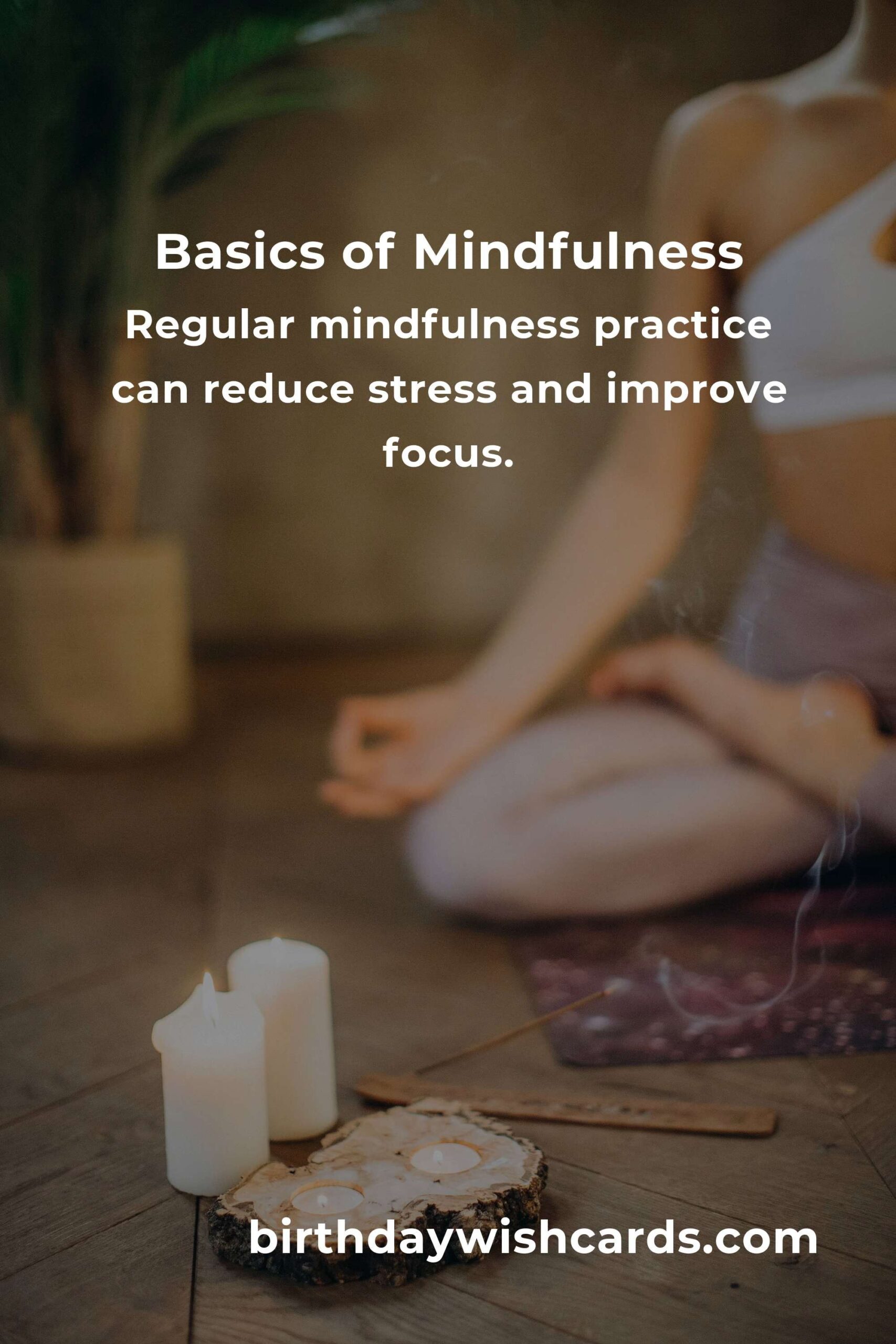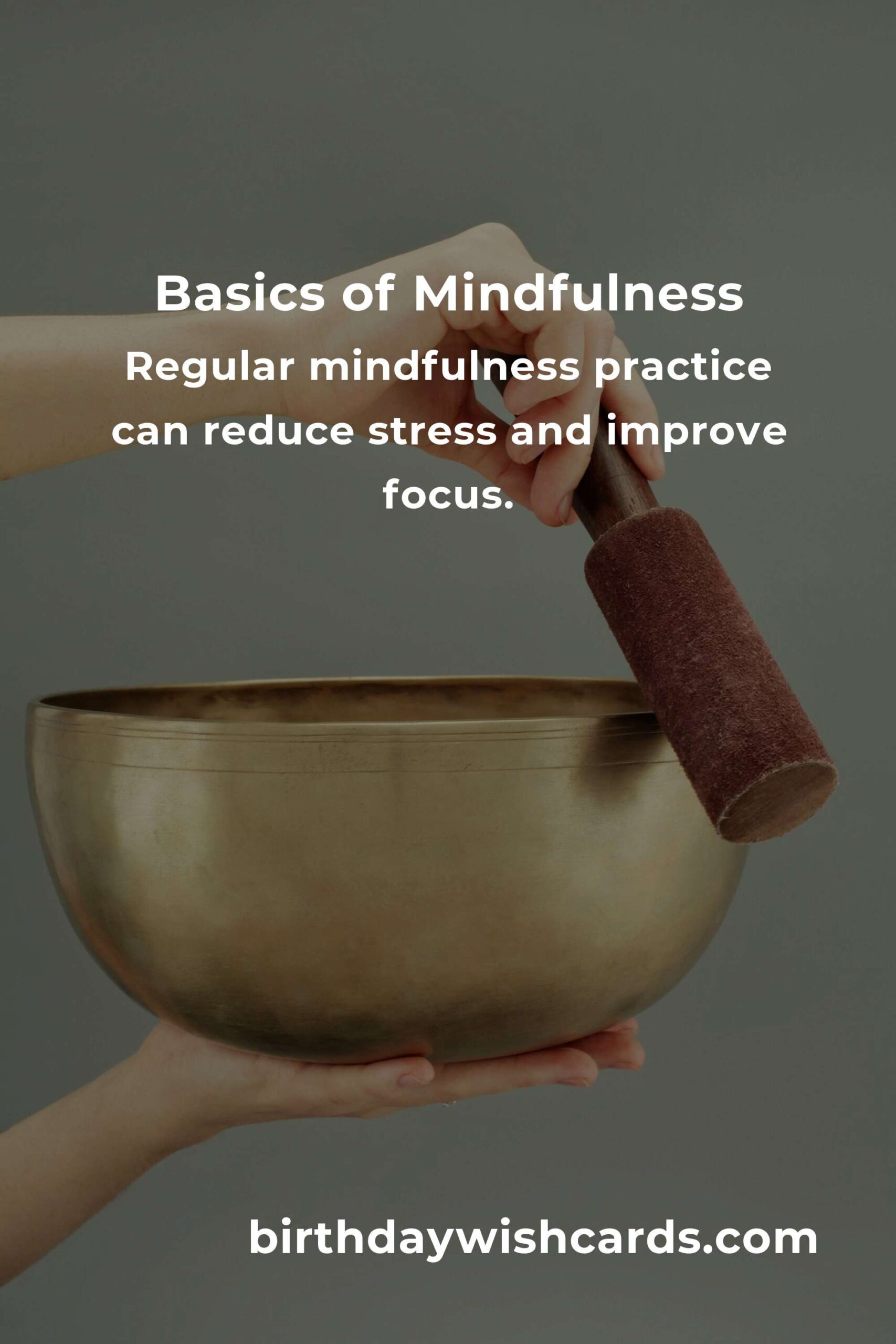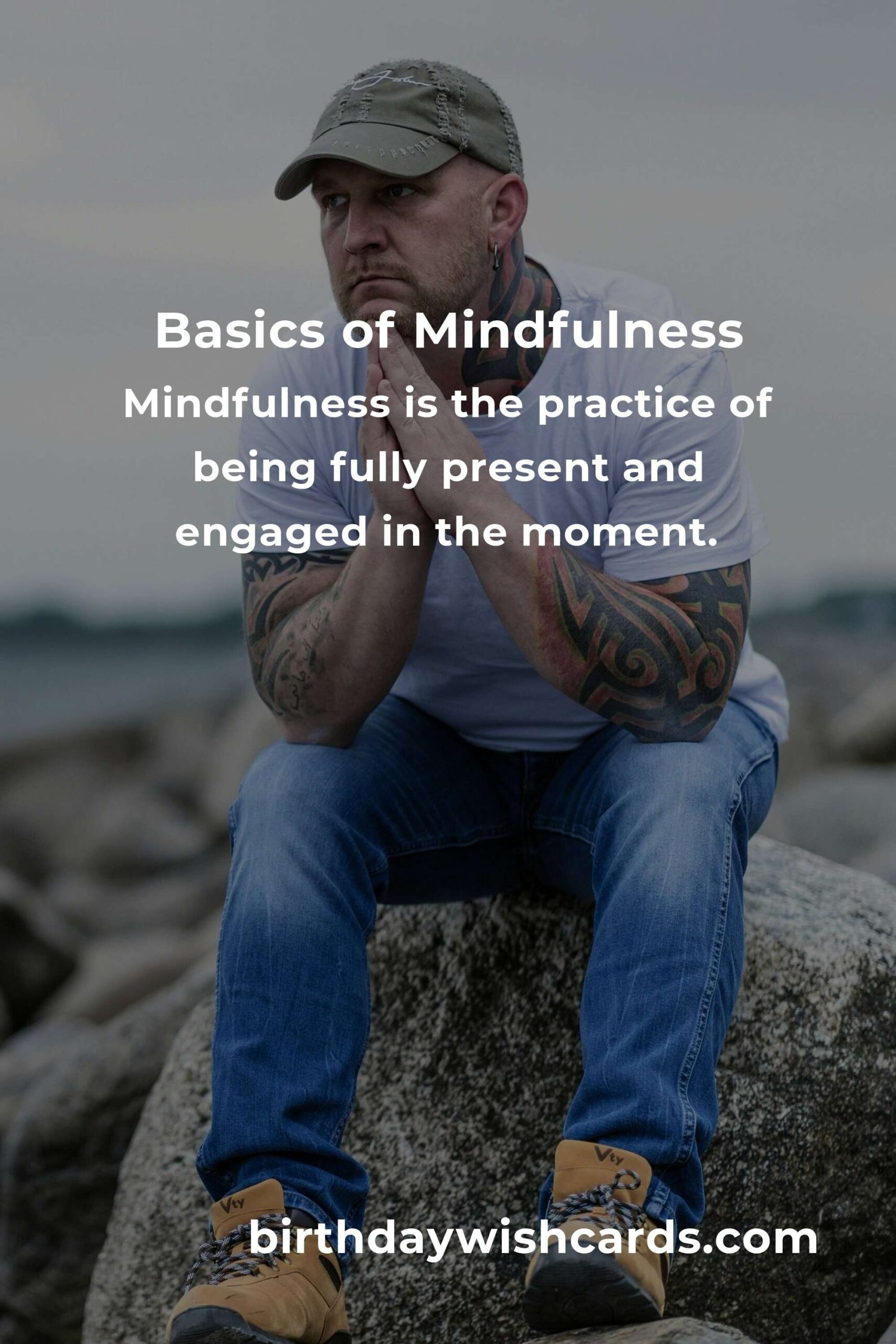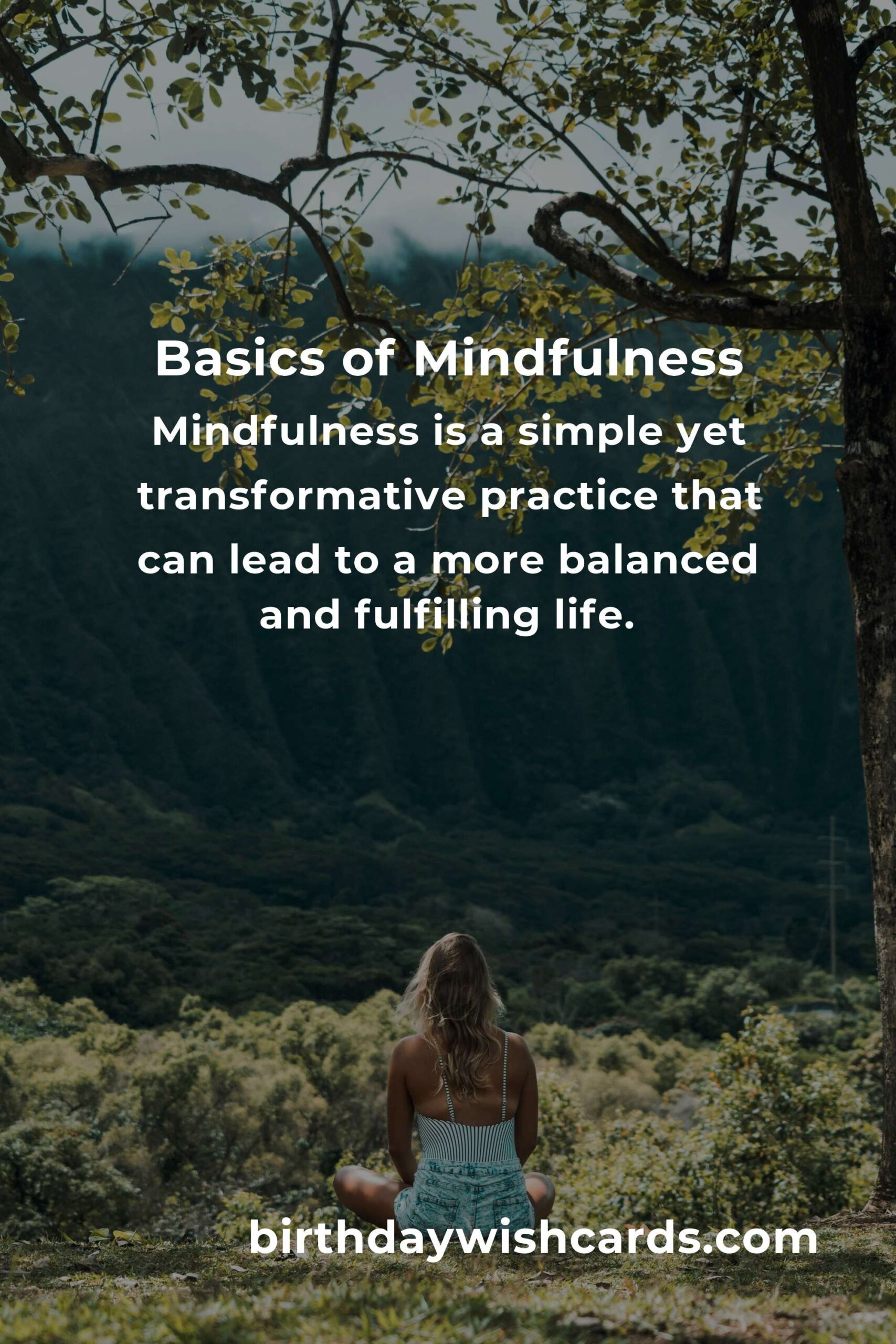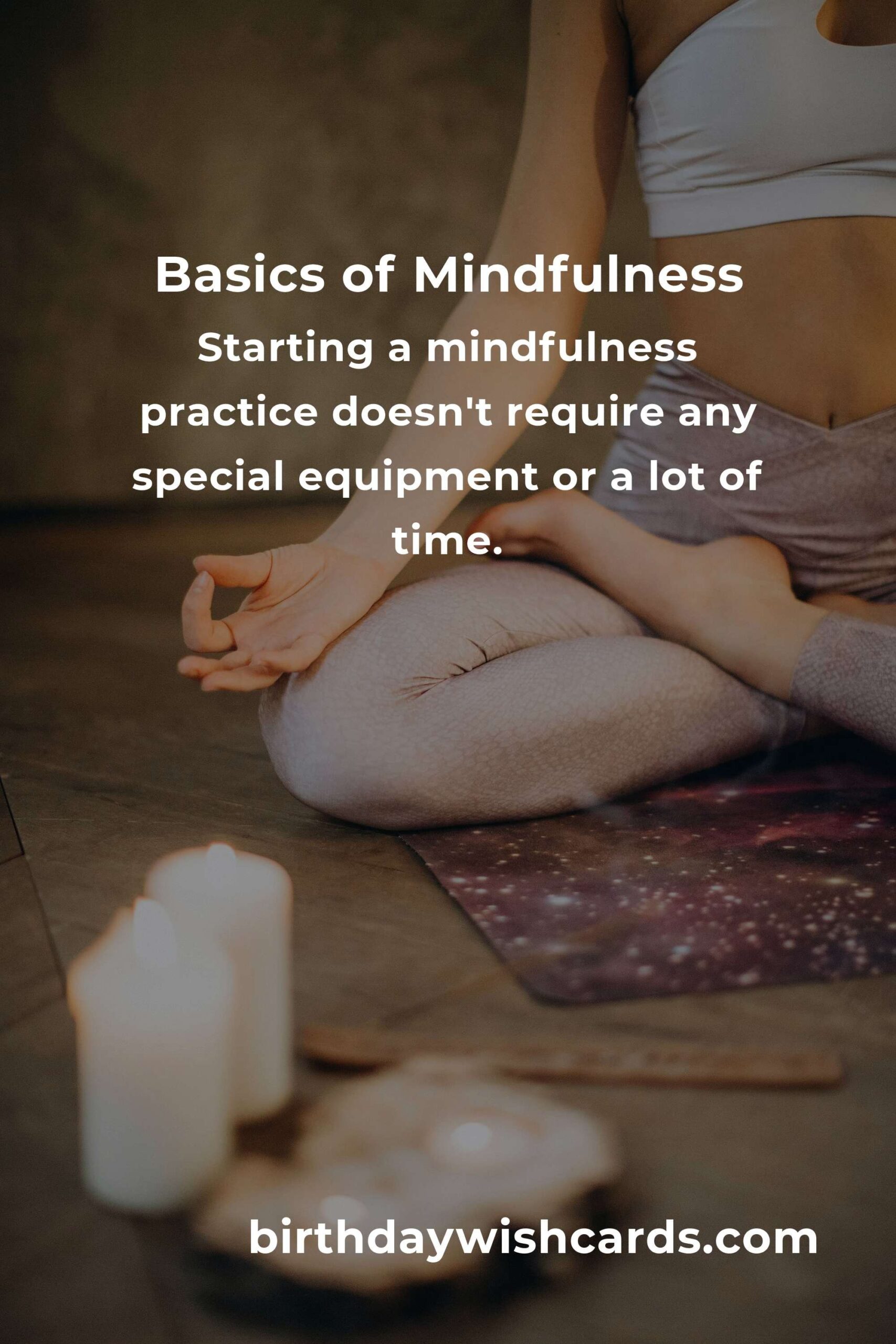
In today’s fast-paced world, mindfulness has become a crucial practice for maintaining mental and emotional well-being. Mindfulness, with its roots in ancient meditation techniques, is a simple yet powerful tool that helps us stay grounded in the present moment. This article explores the fundamentals of mindfulness and how you can incorporate it into your daily life.
What is Mindfulness?
Mindfulness is the practice of being fully present and engaged in the moment, aware of your surroundings, thoughts, and feelings without judgment. It involves paying attention to the present moment on purpose, in a non-reactive and open-hearted way. This awareness allows you to respond to situations with clarity and calmness, rather than reacting impulsively.
The Benefits of Practicing Mindfulness
Practicing mindfulness can lead to numerous benefits for both the mind and body. Regular mindfulness practice can reduce stress, improve focus, and enhance emotional regulation. It also promotes a greater sense of well-being and can even improve physical health by reducing blood pressure and improving sleep quality.
How to Start Practicing Mindfulness
Starting a mindfulness practice doesn’t require any special equipment or a lot of time. Here are some simple steps to get started:
1. Set Aside Time
Begin with just 5-10 minutes each day. As you become more comfortable, you can gradually increase the duration.
2. Find a Quiet Space
Choose a quiet, comfortable space where you won’t be disturbed. This helps create a peaceful environment conducive to mindfulness.
3. Focus on Your Breath
Sit comfortably, close your eyes, and focus on your breathing. Notice the sensation of your breath entering and leaving your body.
4. Observe Your Thoughts
As you focus on your breath, thoughts will naturally arise. Acknowledge them without judgment and gently bring your focus back to your breath.
5. Practice Regularly
Consistency is key. Try to practice mindfulness at the same time each day to establish a routine.
Mindfulness in Everyday Life
Mindfulness is not limited to formal meditation sessions. It can be integrated into daily activities like eating, walking, or even washing dishes. The key is to be fully present and engaged, noticing every detail and sensation involved in the task.
Overcoming Common Challenges
Many people face challenges when starting a mindfulness practice, such as restlessness or impatience. Remember that mindfulness is a skill that improves with practice. Be patient with yourself and recognize that every moment of mindfulness is beneficial, even if it feels challenging.
Conclusion
Mindfulness is a simple yet transformative practice that can lead to a more balanced and fulfilling life. By incorporating mindfulness into your daily routine, you can cultivate a greater sense of peace and resilience, allowing you to navigate life’s challenges with grace and clarity.
Mindfulness is the practice of being fully present and engaged in the moment. Regular mindfulness practice can reduce stress and improve focus. Starting a mindfulness practice doesn’t require any special equipment or a lot of time. Mindfulness can be integrated into daily activities like eating or walking. Mindfulness is a simple yet transformative practice that can lead to a more balanced and fulfilling life.
#Mindfulness #MentalHealth #Wellbeing #MindfulLiving #StressRelief

